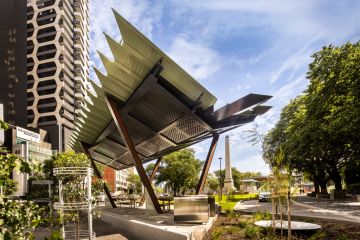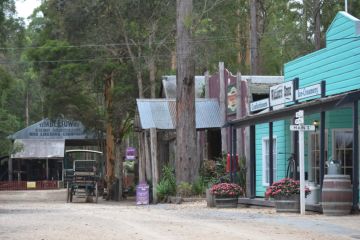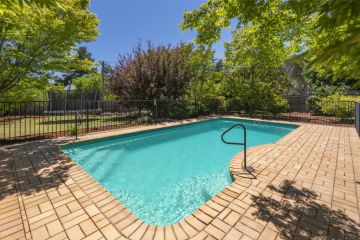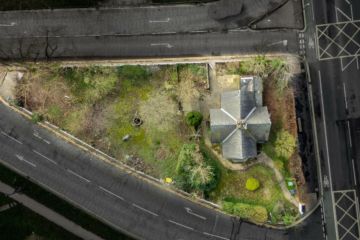Rents steady but tough times remain for tenants
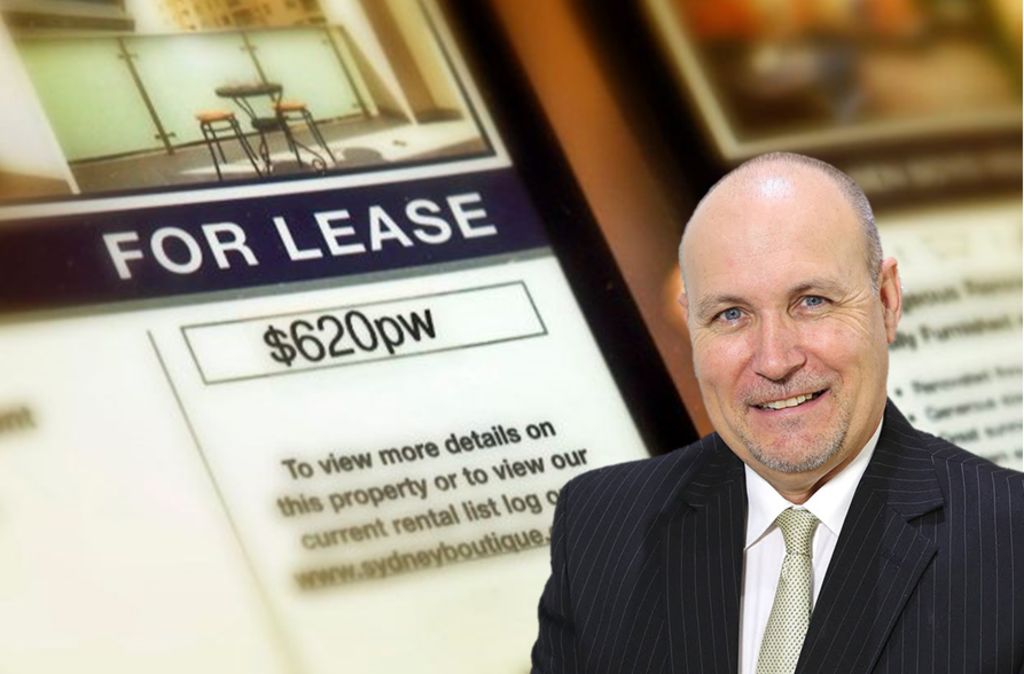
Rental growth for houses in most capital cities eased over the June quarter providing some relief for tenants although this is likely to be short-lived with the prospect of continuing shortages of available rental properties.
Median weekly asking house rents in Sydney, Melbourne, Adelaide and Canberra were steady over the three months ending June compared to the previous March quarter. Rents in the other capitals fell over the quarter with Brisbane down 1.2 per cent, Hobart down 1.4 percent, Perth down 2.7 percent and Darwin where house rents decreased by 5.5 per cent.

Although house rents were steady or declining overall, unit rents in a number of capitals increased over the June quarter despite recent record levels of apartment construction.
Sydney median weekly asking unit rents were up by 3.8 per cent with the median asking weekly rent at $550 now matching that recorded over the same period for houses. Melbourne unit rents also increased over the quarter, up by 1.3 per cent with Hobart up by a steep 4.1 per cent. Unit rents were steady in Perth but fell by 2.3 per cent in Canberra, down 2.6 per cent in Brisbane and were 4.8 per cent lower in Darwin.
Although the quarterly rental data provided some better news for tenants, annual growth rates remains sobering with most capitals recording strong increases over the year to June for both units and houses. The exceptions were the resource capitals of Darwin, Perth and Brisbane where annual rents continue to decline.

Predications of an apartment glut in Sydney and Melbourne are clearly wide of the mark although increased unit supply in the Brisbane market has acted to place downward pressure on rents.
Sydney remains the most expensive capital for tenants with median weekly asking rents for both houses and units now over 30 per cent higher than Melbourne. Perth, Adelaide and Hobart are the most affordable capitals for house rents, with Adelaide unit rents now the most affordable at $290 per week.
Home rental vacancy rates also provided mixed news for tenants with increases in Sydney and Melbourne over the month of June but rates in most capitals remain low with continuing strong competition generally for available homes. The exceptions with higher vacancy rates are clearly Perth, Darwin and to a lesser degree Brisbane, although Perth rates for both houses and units have fallen sharply over the past year.

For investors, Hobart clearly provides the highest gross rental yields for houses at 5.38 percent with Canberra the top for gross unit yields at 5.71 per cent. The high-priced Sydney market continues to provide the lowest gross rental yields for both houses and units at 3.23 per cent and 3.94 per cent respectively.
With annual rents now increasing significantly faster than incomes in most capitals, rental affordability has plunged, increasing financial hardship for tenants and acting to constrain economic activity. Likely Increased activity by first home buyers in Sydney and Melbourne as a result of recent reductions in stamp duty for this group reducing demand for rentals will be offset by record levels of migration continuing to push overall demand ahead of supply.
Actions by policy makers to restrict activity by residential investors is also bad news for already undersupplied rental markets and can only act to place upward pressure on rents and add to the woes of tenants.
Andrew Wilson is Domain Group Chief Economist Twitter@DocAndrewWilson join on LinkedIn and Facebook at MyHousingMarket
We recommend
States
Capital Cities
Capital Cities - Rentals
Popular Areas
Allhomes
More
- © 2025, CoStar Group Inc.
